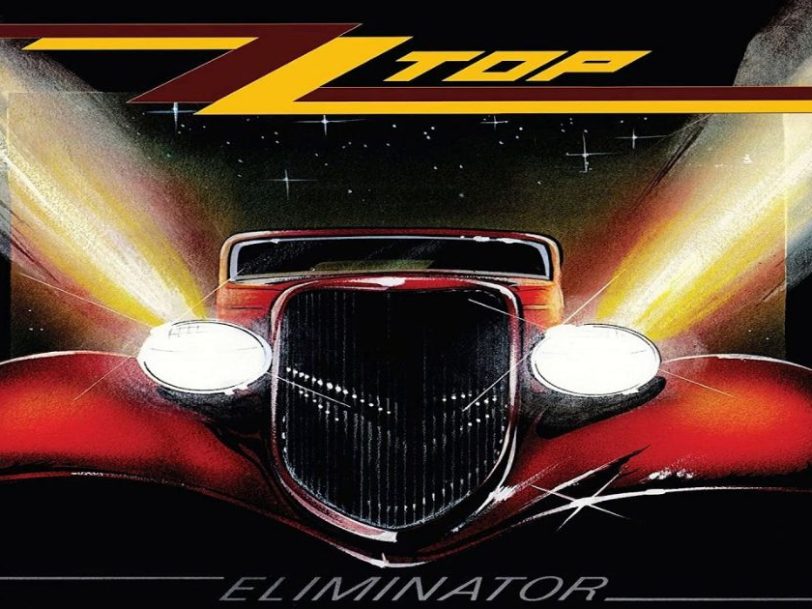As they entered the 80s, ZZ Top had already enjoyed nearly a decade of sustained success, with each of their albums from 1973’s Tres Hombres on cracking the US Top 30. Yet, as they began work on their eighth album, Eliminator, the hirsute Texan trio were concerned their trademark blues-rock sound was becoming a touch too formulaic.
Listen to ‘Eliminator’ here.
The problem: “We needed to be played in dance clubs”
The band had started to address the situation on 1981’s El Loco album, which featured frontman Billy Gibbons’ new toy – a prototype Fairlight sampler/synthesiser. The instrument appeared on a couple of atypically leftfield tracks, Groovy Little Hippie Pad and Party On The Patio, yet while Gibbons enjoyed the experimentation (“Without question, there’s some crazy, interesting-sounding stuff on that record,” he told Classic Rock), ZZ Top’s fanbase weren’t sure at first. While it hit the US Top 20 and went gold, El Loco sold less than half the copies than its predecessor, Degüello, had moved.
For Gibbons, the feeling his band were getting stuck in a rut was compounded when ZZ Top toured Europe in support of El Loco. Visiting a nightclub on the continent, the singer/guitarist watched a large throng of young music fans dancing to The Rolling Stones’ funky Emotional Rescue, and it struck him that, if the Stones could successfully reimagine themselves for the new decade, then his band’s badass boogie could also be credibly overhauled.




